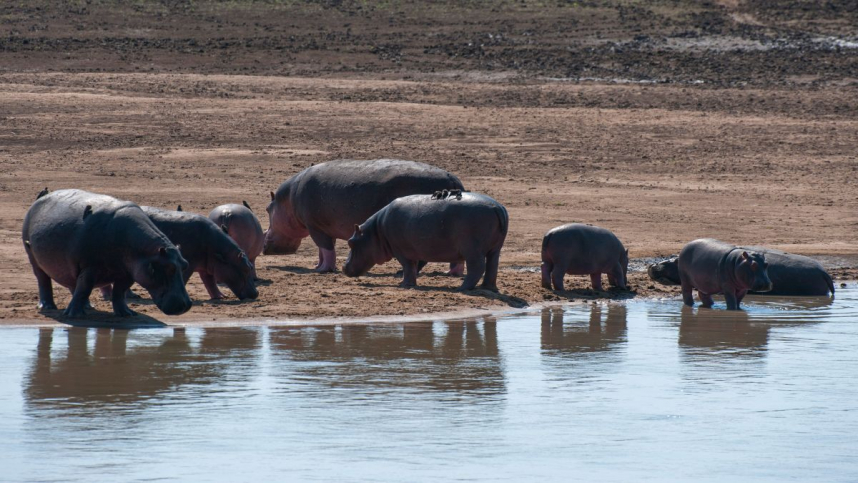
On 1 November 2023, the International Health Regulations (IHR), and National Focal Point of Zambia notified WHO of an anthrax outbreak in humans.
The first human cases were reported from the Dengeza Health Post in the Sinazongwe District of the Southern Province on 5 May 2023.
Around the same period, domestic (cattle and goats) and wild animals (hippopotami) were reportedly dying from an unknown cause in the surrounding areas.
In June 2023, human and animal cases were reported in the Kanchindu and Siameja veterinary camps of Sinazongwe District. Twenty-six human cases developed sores on their face, arms, and fingers after consuming meat from three wild hippopotamus carcasses. The first human case was reported on 16 June 2023 and laboratory-confirmed by culture at the Lusaka Central Veterinary Research Institute (CVRI).
As of 20 November 2023, 684 suspected human cases, including four deaths, and a Case Fatality Ratio (CFR)of 0.6%, were reported from 44 out of 116 districts in nine of Zambia’s 10 provinces. Sinazongwe district is the epicenter, accounting for 287 cases (42% of the total 684 cases) and two deaths (50% of total the four deaths). The most affected provinces are the Southern (370 cases; 54 %), Western (88; 13%), Lusaka (82; 12%), Eastern (66; 10%) and Muchinga (47; 7 %) Provinces. The majority of symptomatic cases were epidemiologically linked to confirmed cases and not tested.
This unprecedented outbreak marks the first major occurrence spanning nine out of 10 country provinces. The latest large-scale outbreak reported in Zambia occurred in 2011 with a total of 511 suspected cases. Response activities have been taken from both human and animal sides, such as active surveillance, case management, laboratory diagnosis, health promotion, Risk Communication and Community Engagement (RCCE), meat inspection, and livestock vaccination.
Anthrax is a zoonotic disease caused by a bacteria called Bacillus anthracis that typically affects ruminants (such as cows, sheep, and goats). The bacteria produce extremely potent toxins which are responsible for the symptoms, causing a high lethality rate in the pulmonary form. Humans can develop the disease from infected animals or through contaminated animal products. Hospitalization is required for all human cases identified. Vaccines are available for livestock and humans in limited supply.
The risk of the event spreading within Zambia is assessed to be high due to the unrestricted animal movement and carcasses within and between provinces.
The risk at the regional level is also considered high due to the frequent movement of both animals and people between Zambia and its neighboring countries (such as Angola, Botswana, the Democratic Republic of the Congo, Malawi, Mozambique, Namibia, Tanzania, Uganda and Zimbabwe).
WHO advises against implementing any travel or trade restrictions based on the current information available on this event.